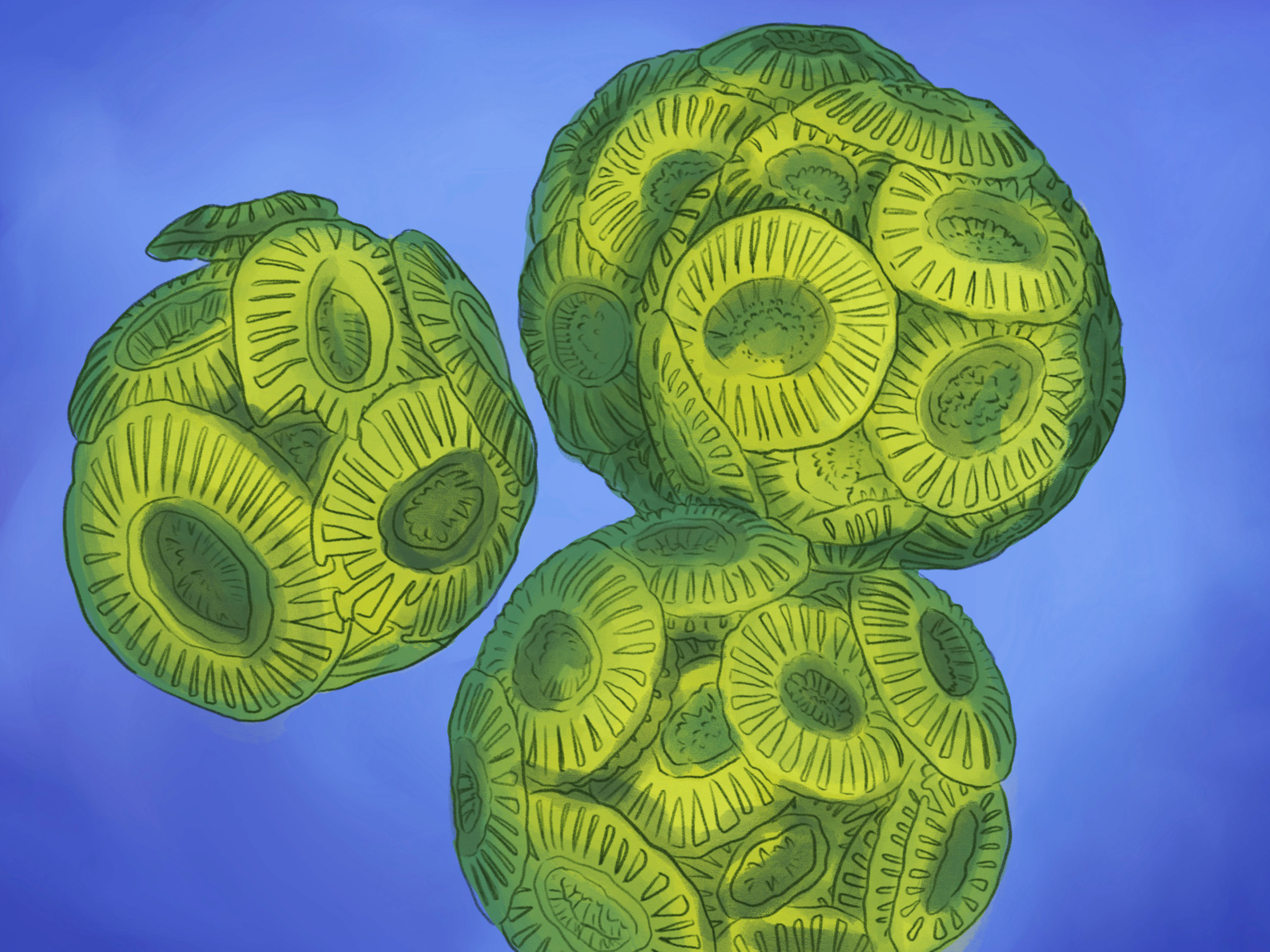Campus Queries: Do rising carbon dioxide levels in the ocean benefit any organisms?

(Nicole Anisgard Parra/Daily Bruin)
By Emi Nakahara
Sept. 9, 2018 11:25 p.m.
Campus Queries is a series in which Daily Bruin readers and staff present science-related questions for UCLA professors and experts to answer.
Q. Are there any species benefiting from rising carbon dioxide levels in the ocean?
A. Researchers say yes: A coastal species of single-celled plankton, known as coccolithophores, is doing fine even as carbon dioxide levels rise in the ocean waters.
Coccolithophores use carbon dioxide to create calcium carbonate, a main component of shells and pearls, and are also a food source for marine life. Despite their small size, they play a massive role in the Earth’s carbon cycle by regulating carbon dioxide levels in the ocean and atmosphere, said Yi-Wei Liu, a researcher in the study.
“Although they are small, when in algae bloom, the huge amount of coccolithophores can actually be seen by satellites,” Liu said.
In a UCLA-led study, researchers found coastal coccolithophores are resilient to rising carbon dioxide levels and acidity in their environment. Human activity contributes to increasing levels of carbon dioxide dissolving into ocean waters and increasing the acidity, which often hurts marine life, according to the study. However, researchers found coccolithophores seemed to use extra carbon dioxide in their environments to grow faster.
The study’s findings contrast with other studies, which have found that ocean coccolithophores are negatively impacted by ocean acidification. This difference may be the result of coastal environments having more varied conditions than ocean environments, which lead coastal organisms to become more tolerant to change than ocean organisms, Liu said.
Coccolithophores are not the only organisms doing well in increasingly acidic environments, Liu added. Other studies have found blue crabs, American lobsters and gulf shrimps grow more in acidic conditions, he said.
These findings open the possibility of using coccolithophores to combat rising carbon dioxide levels in the atmosphere by sequestering large amounts of carbon dioxide into ocean sediments, Liu said. However, he added it is still too early to decide whether increasing the amount of coccolithophores in the ocean will be helpful in lowering carbon dioxide levels.
“The efficiency to sequester carbon in the ocean is still poorly known, as well as the impact from raising (a) large amount of coccolithophores in the ocean on (the) marine ecosystem,” Liu said. “We should be cautious (from being) to be too optimistic.”

